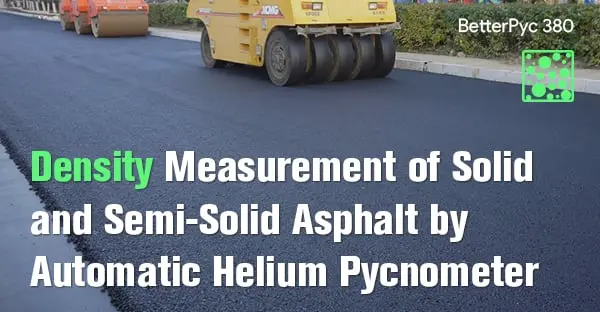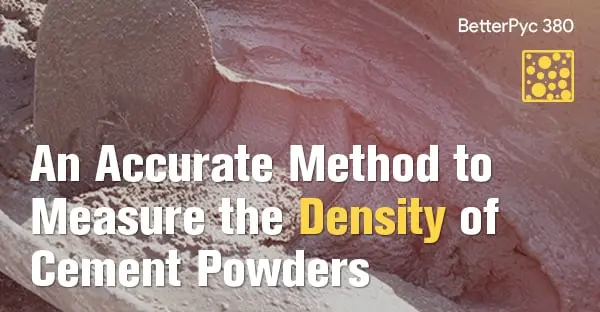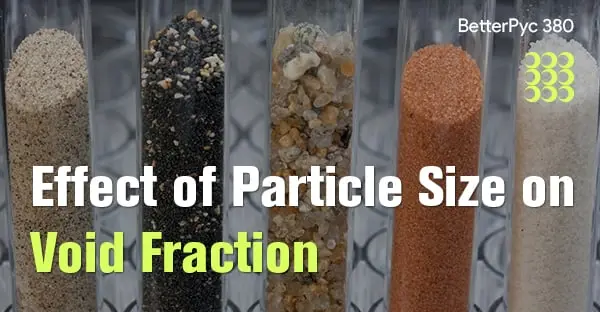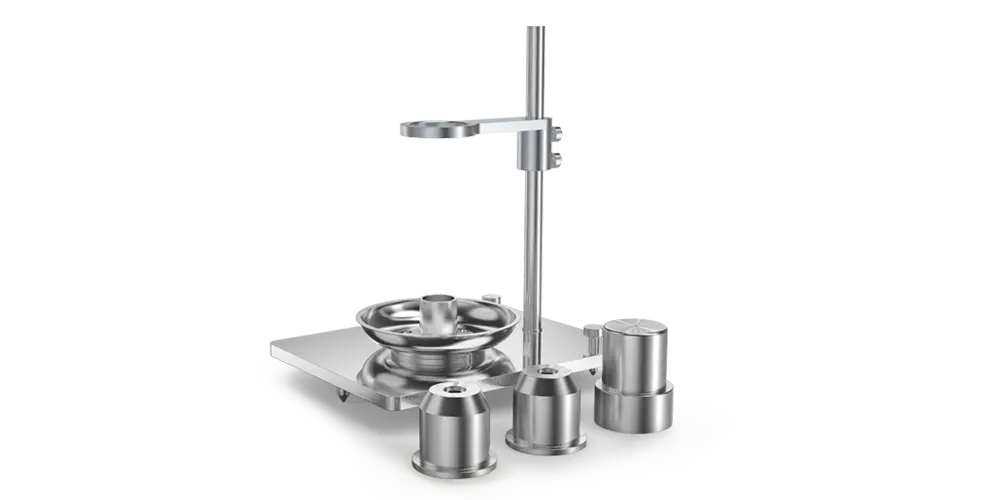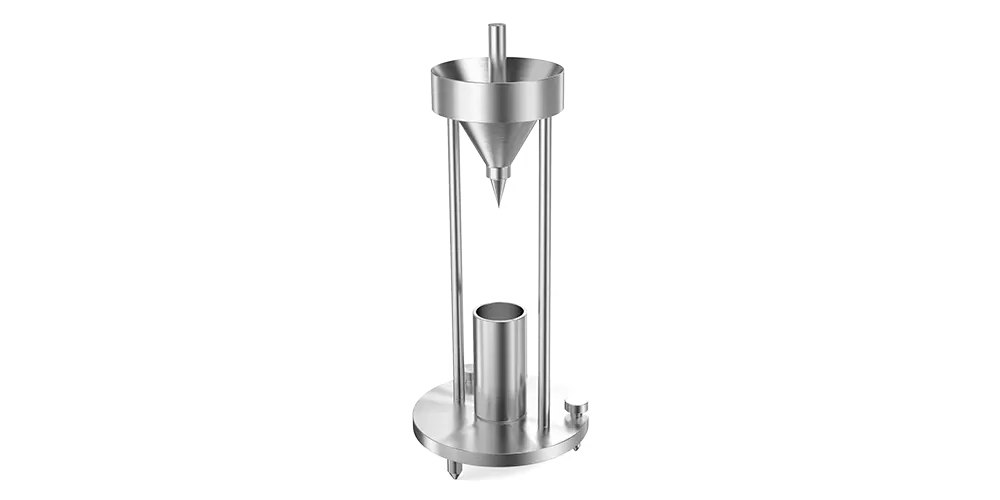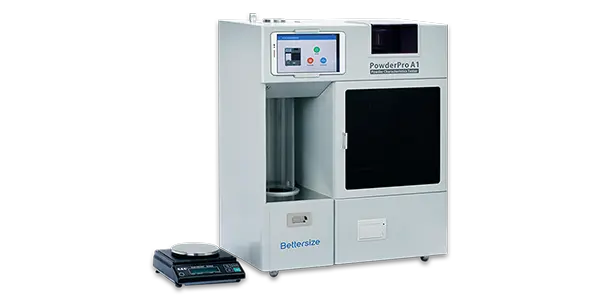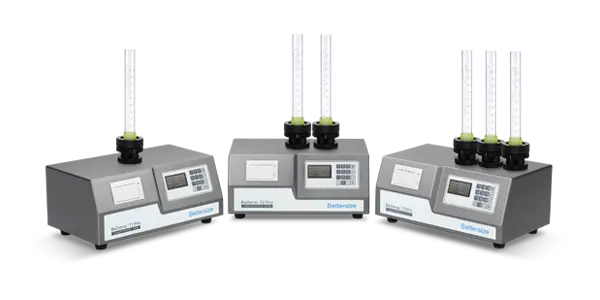建築材料
Bettersizeの粒子径・粒子形状分析装置と粉体特性試験機は、鉱物の研究、製造、応用分野で幅広く利用されており、これらの装置は鉱物処理における物性データの取得を強力にサポートします。粒子径分布、粒子形状、流動性、タップ密度、かさ密度などの分析データを提供することで、鉱物加工のコスト削減や品質管理の精度向上を支援し、適切な粒子等級の管理を可能にします。
たとえば、研磨材、蛍石、ガーネット、タングステン、レアアース、セメントなど、多岐にわたる鉱物は、それぞれ特定の粒度や形状が求められるため、Bettersizeの装置を使用することで複雑な粒度管理が効率的に行えます。これにより、作業の生産性向上や、精度の高い品質管理が実現し、最終製品の性能を確保できます。
粉砕
粉砕は、多段階にわたる粒径の縮小操作を指し、鉱石中の複合粒子を単一鉱物の粒子へと微粉化することを目的とします。鉱石が十分に粉砕されることで、各粒子が単一鉱物で構成され、後続の濃縮プロセスにおいて分離効率が最大化されます。分級は、粒径による分類を行うことで、粉砕された鉱石を効率的に選別し、適切なサイズの鉱物のみを次の段階へ送るための操作です。
重力分離
重力分離は、鉱物資源の処理において、密度(質量と体積の比率)の違いを利用して粒子を選別する基本的な手法です。重力分離に用いられる装置には、ジグ、水門、スパイラルコンセントレーター、振動台、微粒子分離機、ハイドロサイザー、サイクロンなどが含まれます。この方法は密度に依存するため、粒子径(体積)が直接的な影響を与えます。
ジギングでは、パルス水流を用いて物質を持ち上げ、重い粒子を効果的に分離します。重くて密度の高い粒子は、パルスの間隔で素早く沈降し、ジグの底部に蓄積される傾向があります。したがって、密度による分離の精度を高めるためには、均一な粒径の粉砕物が理想的です。また、ジグのパルス水流の長さや間隔などの設定は、処理する粒子のサイズに最適化する必要があります。水門とスパイラルコンセントレーターでは、粘性抵抗と浮力の違いを利用して分離が行われます。これらの装置では、粒子のサイズに応じて抵抗と浮力の作用が異なるため、粒子径が分離効率に大きく影響します。重力テーブルは、振動プラットフォームの動きを利用し、粒子の比重とサイズに基づいて分離します。このプロセスにおいて、粒子径が均一で狭い範囲に収まることが、分離精度を高める鍵です。供給される物質の粒子径分布が狭ければ狭いほど、分離結果が向上し、特定の比重の鉱物資源を効率よく回収できます。このように、各装置の特性と調整が、重力分離の効率と精度に直接的な影響を与えるため、処理する粒子の密度と粒径のバランスを精密に管理することが不可欠です。
フロス浮遊法
フロス浮遊法では、鉱物と不要物(ガングー)を表面化学の違いを利用して分離します。この方法では、鉱石をスラリーまたは懸濁液にし、気泡を通過させることで分離が行われます。気泡は疎水性表面を持つ鉱物粒子に付着し、それらを泡の上部に浮上させるため、簡単に回収できるようになります。一方、親水性のガングー粒子は気泡に付着せず、沈降します。多くの場合、選択的に表面修飾が施され、鉱物の表面は疎水性、ガングーの表面は親水性に調整されます。粒子径はこのプロセスの効率において重要な要素です。非常に微細な粒子は、表面化学の特性に関係なく気泡の流れに巻き込まれるため、分離効率が低下します。一方、粒子が大きすぎる場合、気泡に付着しにくく、沈降しやすくなるため、適切な粒子径範囲を確保することが分離効率の向上につながります。
静電分離と磁気分離
静電分離と磁気分離は、粒子の挙動を利用して特定の種類の粒子を分離する手法です。これらの方法では、粒子を静電場または磁場にさらし、それぞれの場が粒子に電荷や磁気を誘導し、その結果生じる力で粒子を移動させます。粒子が受ける移動力は質量に反比例するため、小さな粒子はより遠くに移動し、大きな粒子は移動が制限される傾向にあります。さらに、粒子に誘導される電荷は、表面積に関連する表面現象です。そのため、表面積が大きい微粒子はより多くの電荷を帯びやすく、結果として移動距離が長くなります。このため、静電・磁気分離では、粒子の組成ではなく、粒子径による分離が発生しやすくなります。一般に、粒度分布が狭いと分離効率が向上する傾向にありますが、常にそうとは限らず、粒子の性質や表面特性が分離効率に複雑な影響を及ぼす場合もあります。
製品の出荷
製品の出荷段階では、最終製品は通常、特定の等級に分けられ、必要に応じてさらなる加工が行われた後に販売されます。ユーザーは、プロセスを最適化するために、特定の粒子径範囲を求めます。そのため、鉱山では製品を販売する重要なステップにおいて、粒子径の管理が行われ、場合によっては粒子形状の管理も行われます。これらの管理は、製品の品質と一貫性を確保するために非常に重要です。粒子径や形状が最終製品の性能に直接影響を与えるため、適切な粒度分布の測定が不可欠です。
粒度分布測定機器は、製造工程全体において最適な粒子径を得るために粒子径および形状を精密に測定することができます。
Citations
- Bettersizer 2600
Functional redundancy as an indicator for evaluating functional diversity of macrobenthos under the mussel raft farm near Gouqi Island
DOI: 10.1016/j.aquaculture.2023.740024 Read ArticleZhejiang Ocean University | 2024Biological traits analysis (BTA) helps to evaluate the effects of different environmental variables on the traits-based functional composition of macrobenthos. However, research on functional traits of macrobenthos under mussel farming is limited. We investigated the spatial and temporal response of the benthic system in terms of taxonomic and functional diversity to environmental variables of farming and natural stressors resulting from suspended mussel farming near Gouqi Island of eastern China Sea. The functional traits of macrobenthic assemblages under mussel farming were characterized by “medium adult body size”, “vermiform body form”, “high flexibility”, “infauna”, “semi-motile”, “gonochoristic”, “surface deposit-feeders”, “carnivores”, “semi-motile burrowers”, and “tube-dwellers”. Functional redundancy was stable in response to mussel farming stresses among seasons, whereas species diversity showed efficient to evaluate natural variables. Functional diversity was significantly affected by farming stressors rather than natural variables, Further analysis using multivariate methods together with continuous monitoring were highlighted to evaluate the impacts of mussel farming. Our results reinforce the importance of macrobenthic species and functional traits analysis to evaluate human stresses driven impacts in offshore ecosystems. By analysing the environmental variables with different sources, independently, we concluded the main effects of human pressures on macrobenthic community. Such distinction could be particularly effective to isolate variable environmental descriptors and evaluate their effects on functional diversity, making the current approach promising for the evaluation of ecological effects of anthropogenic stressors in aquaculture areas. - Bettersizer 2600
Degradation characteristics and utilization strategies of a covalent bonded resin-based solid amine during capturing CO2 from flue gas
DOI: 10.1016/j.seppur.2023.125621 Read ArticleChina University of Petroleum | 2024In this study, various types of degradation as well as attrition which are possibly encountered in a circulating fluidized bed temperature swing adsorption (CFB-TSA) process, were conducted experimentally to evaluate the stability of a resin-based solid amine sorbent. Other characterizations methods, such as elemental analysis (EA), Fourier transform infrared spectroscopy (FTIR) etc. were applied to further reveal the degradation mechanisms. The results showed that thermal degradation occurs from 140–160 °C due to the decomposition of amine group. The CO2-induced degradation occurs from a higher temperature of 160–180 °C accompanied by the production of urea. Hydrothermal stability is good below 130 °C, but the ionic impurities in steam crystalized on particle surface can accelerate the degradation. Oxidative degradation is the most harmful, which starts at a lower temperature of 70–80 °C with the formation of aldehyde. The existence of H2O in atmosphere can alleviate the oxidative and CO2-induced degradations. The employed sorbent has a very low attrition index of 0.05, which is 1–2 orders lower than typical commercial fluidized bed catalysts. Based on the results of stability evaluation, some design suggestions for proper utilization of this sorbent or other similar resin-based sorbents have been provided in an industrial CFB-TSA process.
- Bettersizer 2600
De-branching of starch molecules enhanced the complexation with chitosan and its potential utilization for delivering hydrophobic compounds
DOI: 10.1016/j.foodhyd.2023.109498 Read ArticleShihezi University | 2024The current study aimed to prepare the complexes between debranched-waxy corn starch and chitosan polymers (DBS-CS), and then investigated their corresponding structural characteristics, rheological property and potent application in Pickering emulsion. The results indicated that the existence of chitosan significantly inhibited starch short-range molecular rearrangement for all DBS-CS samples, which was manipulated by both debranching treatment and chitosan content. Interestingly, this is the first study to reveal that the outstanding peak at 1.8 ppm in 1H NMR spectrum for sample DBS-CS was gradually shifted towards a lower-field region following an increased chitosan content. Moreover, the debranching treatment shifted the crystallinity pattern from A-type to B-type and the relative crystallinity of DBS-CS decreased gradually with the increased content of CS. All samples had a pseudoplastic fluid and shear-thinning behavior with an enhanced shear resistance following the complexation. The DBS-CS was applied in a Pickering emulsion for showing a greater emulsifying stability and a lower gel strength than native NS-CS prepared emulsion. Importantly, the encapsulation ability of curcumin in the DBS-CS emulsion was significantly improved, followed by an increase of 15.45% for its corresponding bioavailability compared to the control. Therefore, this study might highlight a potential carrier for delivering the bioactive substances in a green pattern. - Bettersizer 2600
Heat-induced aggregation behavior of wheat gluten after adding citrus pectin with different esterification degree
DOI: 10.1016/j.foodhyd.2023.109420 Read ArticleGansu Agricultural University | 2024Wheat gluten aggregation during heat treatment is beneficial to the final quality of gluten-based products. Exogenous pectin can affect gluten aggregation. However, the effect of pectin with different degrees of esterification on the heat-induced aggregation behavior of gluten and its possible mechanism are still unclear. Thus, the heat-induced aggregation behavior of gluten after adding pectin with different esterification degree was studied in this study. When the temperature was raised from 25 °C to 95 °C, pectin affected gluten aggregation and was related to the degree of esterification. Specifically, the results of rheological properties and particle size indicated that low-ester pectin improved the viscoelasticity of gluten and promoted gluten aggregation. Thermal properties revealed that enthalpy of gluten added with low-ester pectin (37%) increased from 92.96 J/g to 95.40 J/g during heating process. Structurally, the fluorescence intensity and surface hydrophobicity of gluten added with low-ester pectin (37%) were lower than those added with high-ester pectin (73%). In addition, low-ester pectin (37%) significantly increased the disulfide bond content (from 15.31 μmol/g to 18.06 μmol/g) and maintained β-sheet content of gluten compared with gluten alone at 95 °C, indicating that low-ester pectin was more likely to induce gluten aggregation. However, scanning electron microscope showed that the gluten added with low-ester pectin (46%) exhibited a denser network structure at 95 °C than that added with low-ester pectin (37%). These results will provide a theoretical base for the regulation of gluten aggregation and the quality of gluten-based products by pectin with different esterification degree.
- 1
- 2
- 3
- 4
- 5
- 6
- 84


